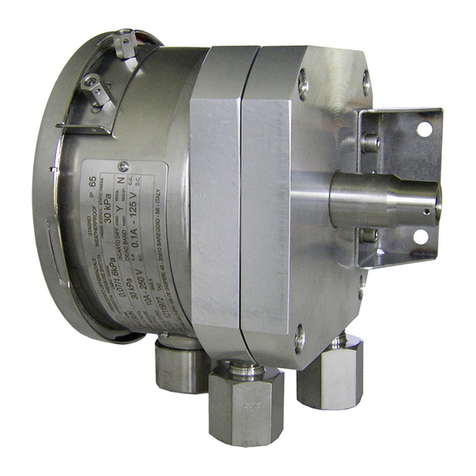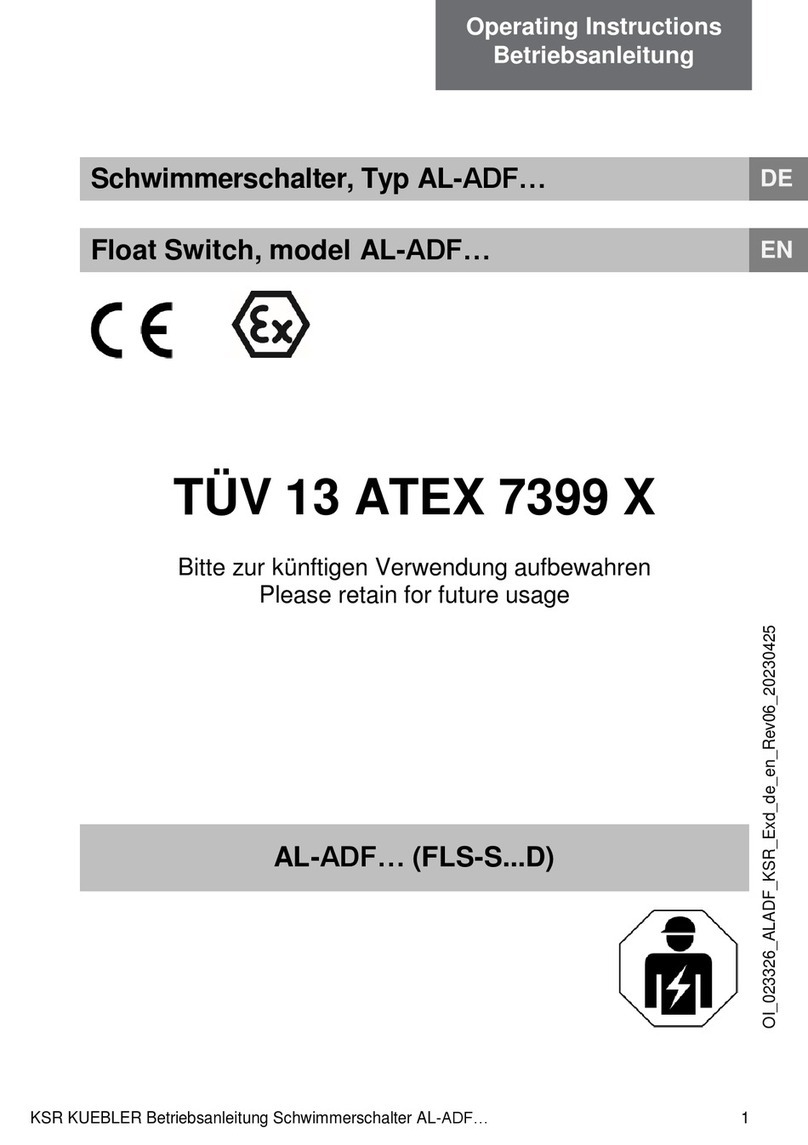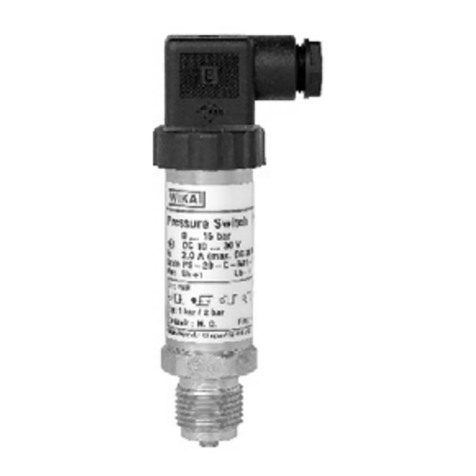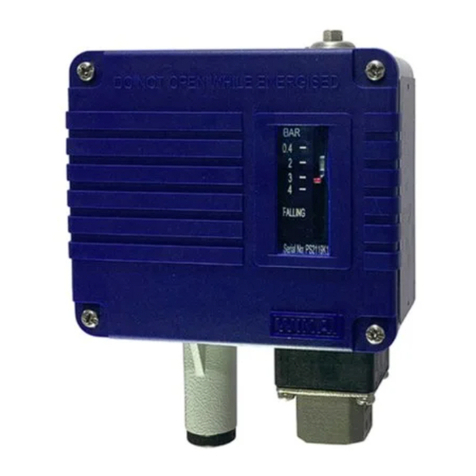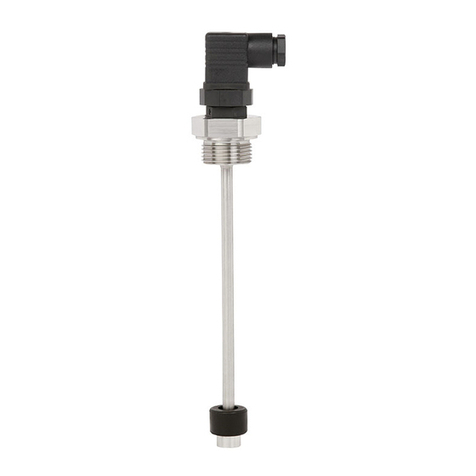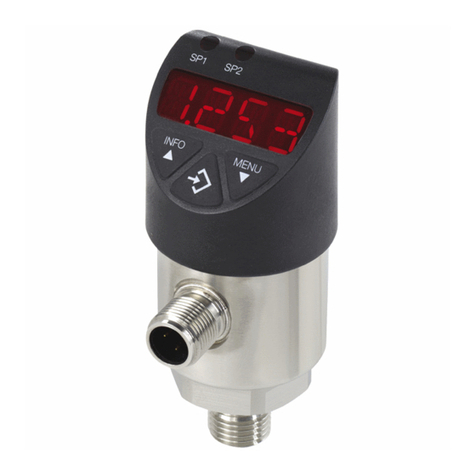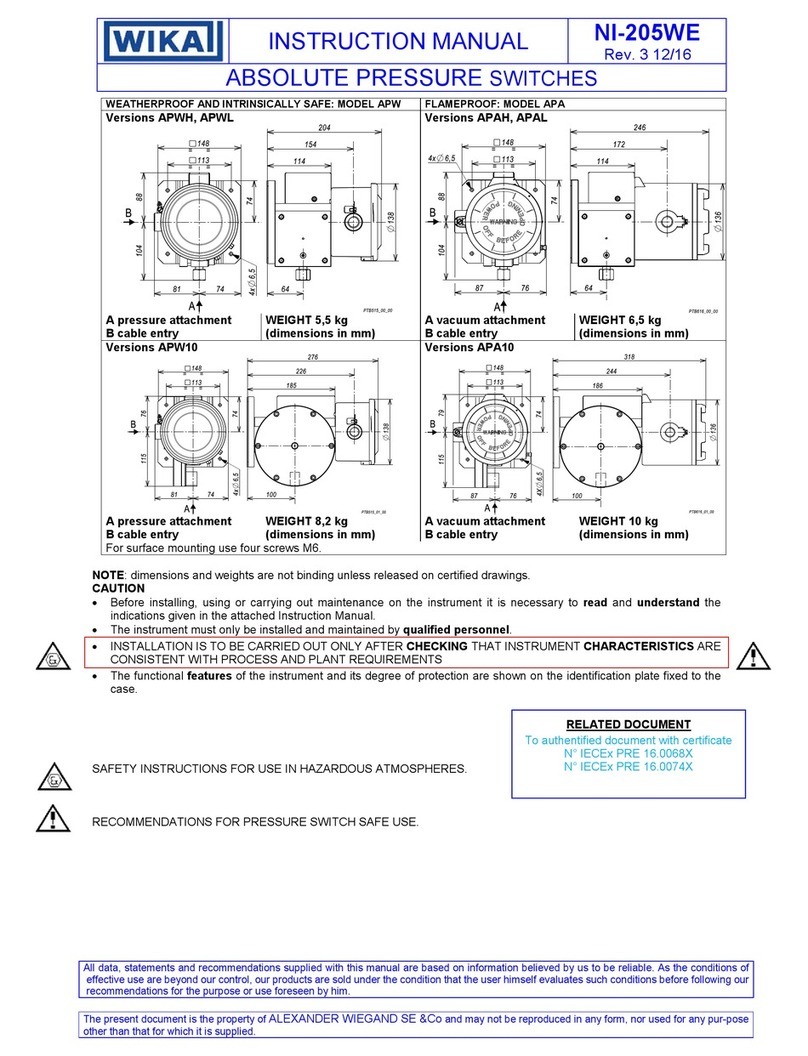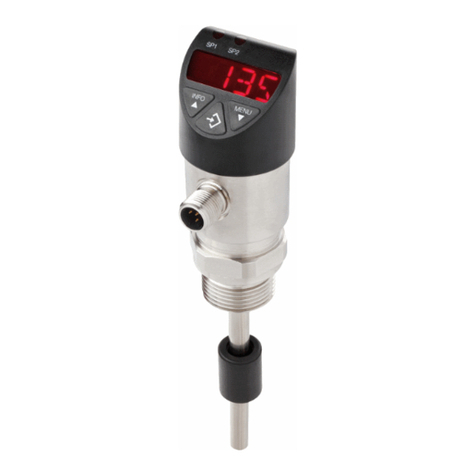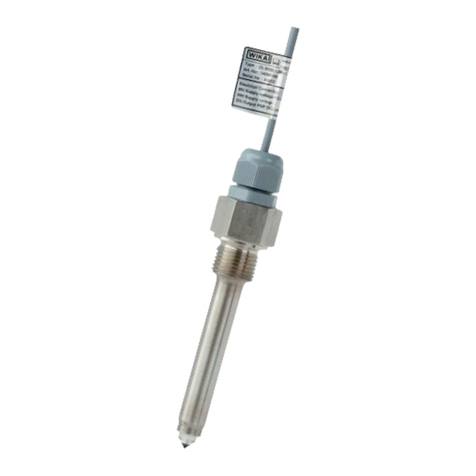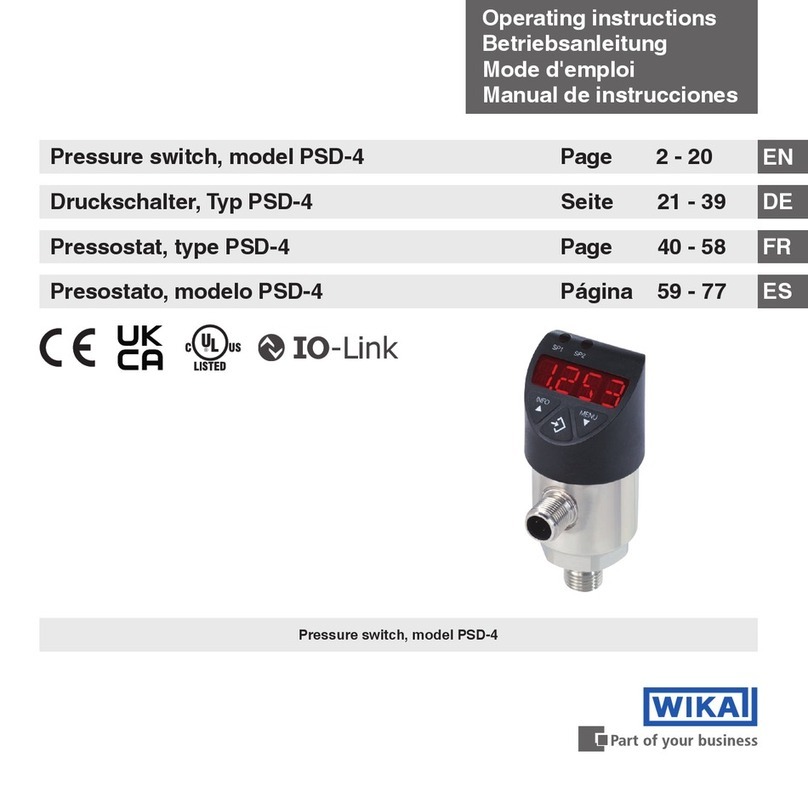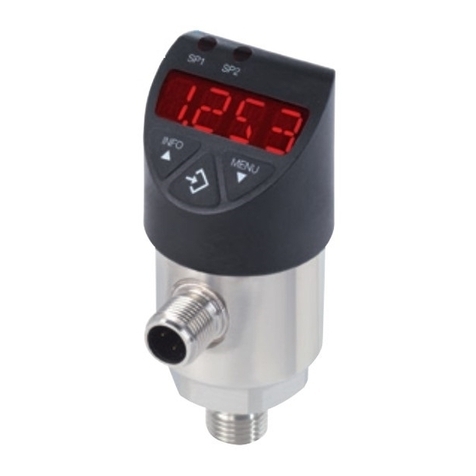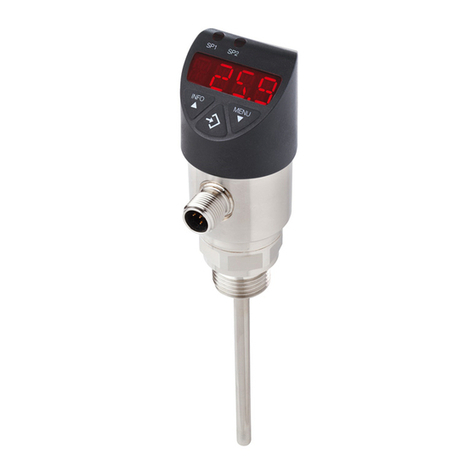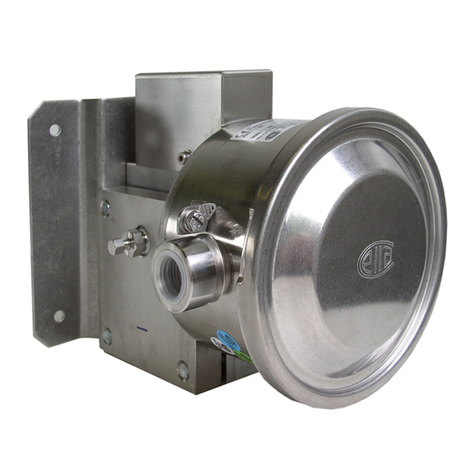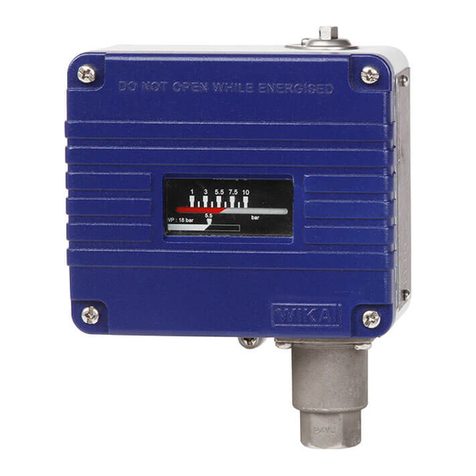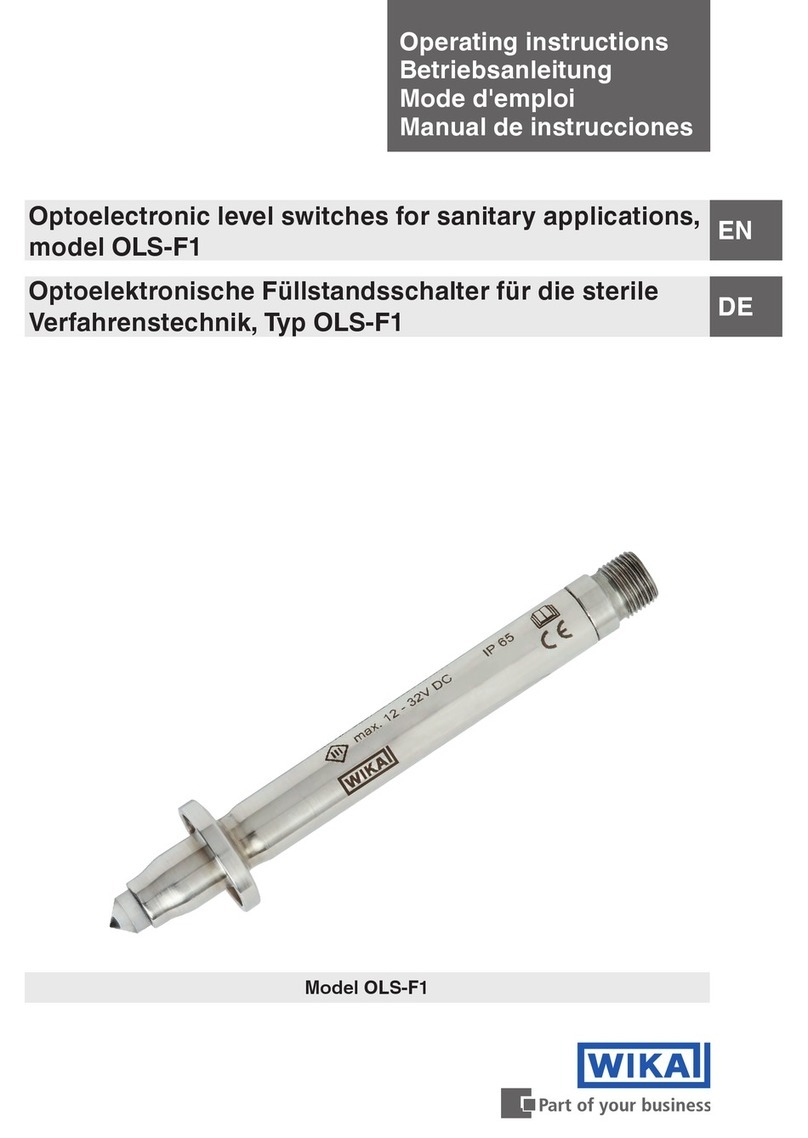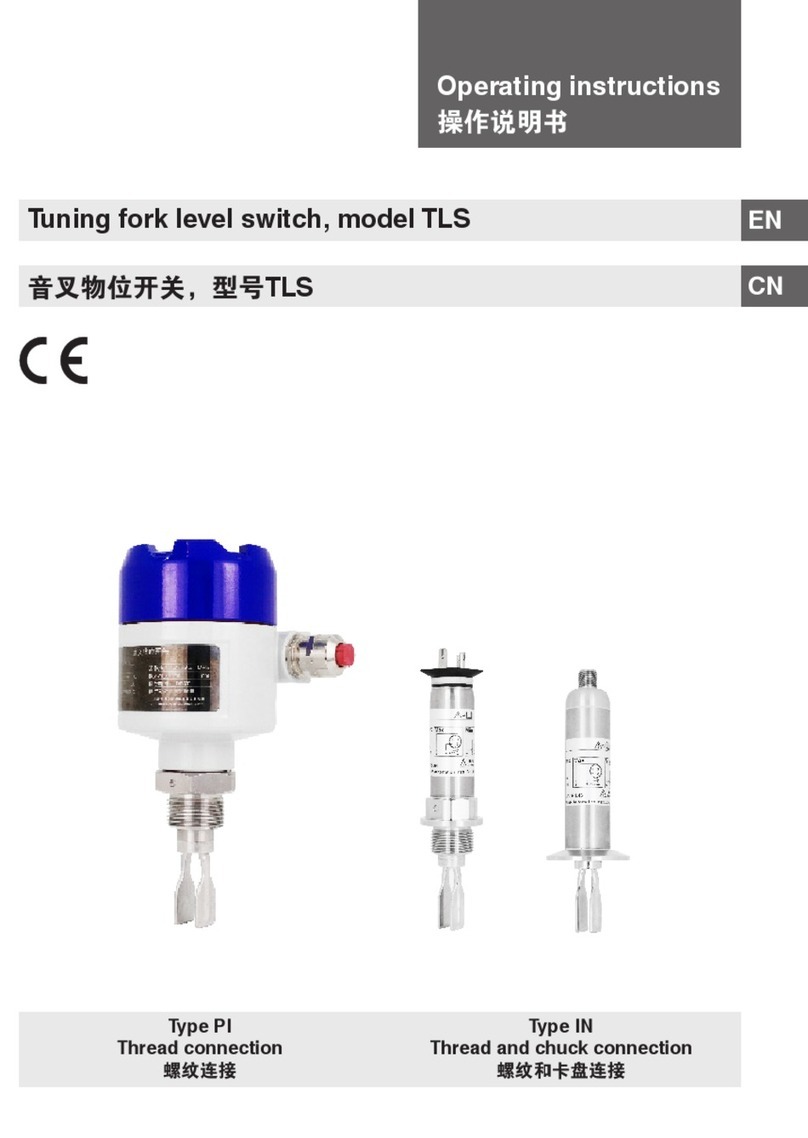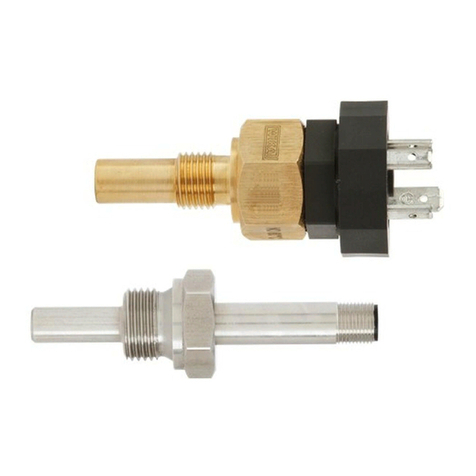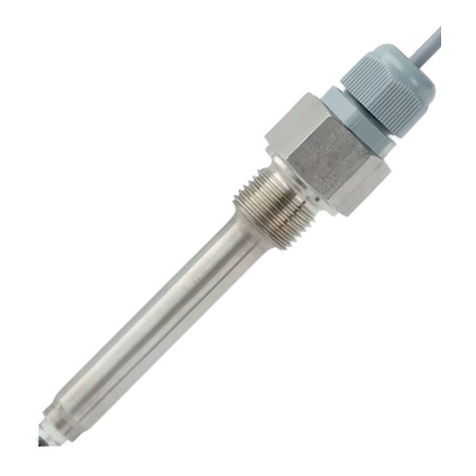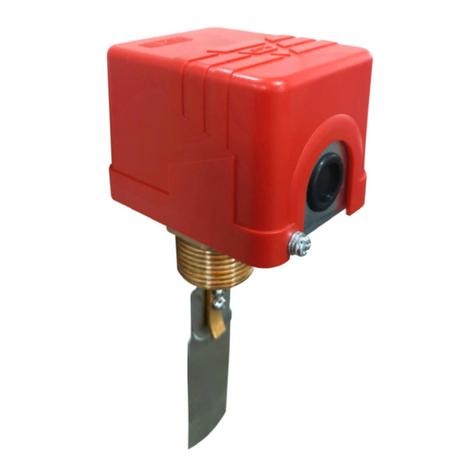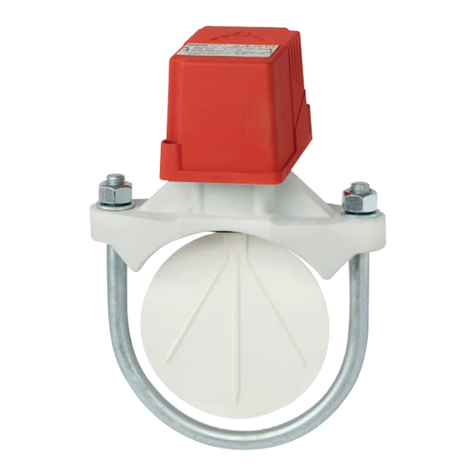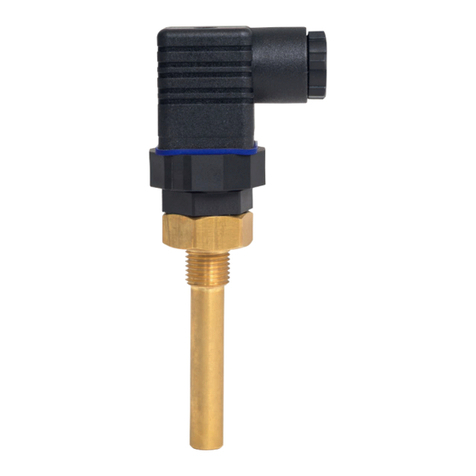
6. Faults
CAUTION!
Physical injuries and damage to property and the environment
If faults cannot be eliminated by means of the listed measures, the instrument
must be taken out of operation immediately.
Ensure that there is no pressure in the instrument and that the load circuit is
switched off. Protect against being put into operation accidentally.
Contact the manufacturer.
If a return is needed, please follow the instructions given in chapter 8.2 “Return”.
WARNING!
Physical injuries and damage to property and the environment caused by
media
Upon contact with hazardous media, harmful media (e.g. corrosive, toxic,
carcinogenic), and also with refrigeration plants and compressors, there is a
danger of physical injuries and damage to property and the environment.
Should a failure occur, aggressive media with extremely high temperature and
under high pressure or vacuum may be present at the instrument.
For these media, in addition to all standard regulations, the appropriate existing
codes or regulations must also be followed.
For contact details see chapter 1 “General information”.
Faults Causes Measures
Contact is not
switching in
accordance with the
specification at the
set switch point/reset
point
Electrical connection is
interrupted.
Carry out a continuity test on the
electrical connection lines.
Wiring error, e.g. short
circuit.
Check the pin assignment and
correct it if necessary.
Electrical load
unsuitable for the
switch contact model.
Maintain the permissible electrical
loads for the switch contact model.
Contact contaminated. Replace instrument
Switch differential
greater than the switch
point.
Carry out switch point setting
with matching test assembly,
see chapter 5.4.
Vibrations Decouple the instrument
mechanically.
Short circuit Moisture in the
instrument.
Only use in ambient conditions
for which the ingress protection is
suitable.
Faults Causes Measures
Contact chatter
(repeated, short-dura-
tion opening and
closing).
Vibrations Decouple the instrument
mechanically.
Process pressure
fluctuation
Fit the pulsation dampener and
adjust the damping screw as
required
Switching status
remains unchanged
despite reaching the
switch point/reset
point.
Error with switch point
setting.
Carry out switch point setting
with matching test assembly,
see chapter 5.4.
Contacts defective
(e.g. fused contact
zone).
Replace instrument Before recom-
missioning the new instrument,
provide a protective circuit for the
contact.
Pressure port blocked. Replace instrument.
Leakage Carry out a leak test. Seal the
process connection or replace the
instrument.
Insufficient pressure Check the process line pressure
with pressure gauge.
For the exchange of the instrument chapters 8 “Dismounting, return and disposal”
and 5.6 “Commissioning, operation” must be observed.
7. Maintenance and cleaning
7.1 Maintenance
The instruments are maintenance-free.
The switch point setting must be checked after 6 months. Carry out switch point setting
with matching test assembly, see chapter 5.2.
Repairs must only be carried out by the manufacturer.
7.2 Cleaning
CAUTION!
Physical injuries and damage to property and the environment
Improper cleaning may lead to physical injuries and damage to property and the
environment. Residual media in the dismounted instrument can result in a risk to
persons, the environment and equipment.
▶Carry out the cleaning process as described below.
1. Before cleaning, correctly disconnect the instrument from the pressure supply and
switch the load circuit off.
2. Use the requisite protective equipment.
3. Clean the instrument with a moist cloth.
Electrical connections must not come into contact with moisture!
CAUTION!
Damage to the instrument
Improper cleaning may lead to damage to the instrument!
▶Do not use any aggressive cleaning agents.
▶Do not use any hard or pointed objects for cleaning.
4. Wash or clean the dismounted instrument, in order to protect persons and the environ-
ment from exposure to residual media.
8. Dismounting, return and disposal
WARNING!
Physical injuries and damage to property and the environment through
residual media
Residual media in the dismounted instrument can result in a risk to persons, the
environment and equipment.
▶Observe the information in the material safety data sheet for the corresponding
medium.
▶Wash or clean the dismounted instrument, in order to protect persons and the
environment from exposure to residual media.
8.1 Dismounting
WARNING!
Risk of burns
During dismounting there is a risk of dangerously hot media escaping.
▶Let the instrument cool down sufficiently before dismounting it!
DANGER!
Danger to life caused by electric current
Upon contact with live parts, there is a direct danger to life.
▶The dismounting of the instrument may only be carried out by skilled personnel.
▶Remove the instrument once the system has been isolated from power
sources.
WARNING!
Physical injury
When dismounting, there is a danger from aggressive media and high pressures.
▶Observe the information in the material safety data sheet for the corresponding
medium.
▶Dismount the instrument when there is no pressure.
8.2 Return
Strictly observe the following when shipping the instrument:
All instruments delivered to WIKA must be free from any kind of hazardous substances
(acids, bases, solutions, etc.) and must therefore be cleaned before being returned.
6
7
WIKA operating instructions, pressure switch, high adjustability of switch differential, model PS-900
WIKA operating instructions, pressure switch, high adjustability of switch differential, model PS-900
